|
The abbreviation “GTS” stands for the art of classic engine building. The Newsroom talked to 718 model line manager Jan Roth about the new flagship derivative in the series. Mr Roth, what's the story behind the three letters "GTS"? “GTS” stands for “Gran Turismo Sport”. This term was coined in the 1960s with the very first model, the 904 Carrera GTS, a racing car in the classic sense of the term. Porsche wanted to bring this car to the road and turn it into a vehicle suitable for long-distance driving. The result was the GTS with added comfort and homologation. When applied to the GTS models of today, this means they could actually race on the track ... Yes exactly. This is best illustrated by the Cayman and Boxster with their wide spread between tremendous sportiness and everyday usability. In terms of the GTS derivative models today, we approach the design from the opposite angle than in the 1960s. When the Cayenne GTS was launched onto the market in 2007 as the very first 21st century GTS, we wanted to give it a sportier edge. This was also then rolled out in the Panamera, Boxster and Macan models. What position does the GTS 4.0 hold in the 718 family ranking (718 Boxster GTS 4.0: Fuel consumption combined 10.8 l/100 km; CO2 emissions 246 g/km; 718 Cayman GTS 4.0: Fuel consumption combined 10.8 l/100 km; CO2 emissions 246 g/km)? The GTS always comes after the basic and the S model. When we launched the 2.5-litre GTS, we were developing the four-litre six-cylinder engine for the GT4 and the Spyder, the top of the range derivatives of the model series, at the same time. Even in those days, there were considerations to use this engine elsewhere, namely in a slightly downsized version. This evolved into the GTS 4.0, the top model suitable for everyday use, so to speak. Why doesn’t the 718 model series have a turbo model? For historical reasons. In the days of six-cylinder engines, we simply didn’t have the space. In any case, above the 718 series we have the 911, which is Porsche’s more powerful sports car. It makes more sense in our view to let our more track-oriented models such as the GT4 and the Spyder lead the field. You’re talking about the 911 models. How is the 718 model series ranked in the Porsche world? The basic variant of the 718 is the entry-level model into the Porsche world. A relatively large number of buyers then advance to the higher specification variants, the S and the GTS, and then very often the next step is the 911. But statements like these always depend on the specific market. How do the markets differ? In China, for example, we have an average customer age of 32, by far the youngest, and the highest percentage of women with 56 percent. China is already one of the largest single markets for the 718. This is partly attributed to the displacement taxation there which is relatively low on the two-litre four-cylinder engine. What are the top 3 purchase reasons on the individual markets? In China, our concept has helped us gain an edge over many competitors in this segment. As we are positioned in a segment which is within the financial means of many customers, we hold 80 percent of the market share in this segment. An utterly amazing figure. Chinese customers state their main reasons for buying the 718 as the exterior design, brand reputation and the “suits my needs” category. And in the USA? Here performance is the top priority, followed by exterior design and brand loyalty. In Germany, exterior design is ranked highest and then performance and body type, in other words the two-seater concept with mid-engine. All very similar as you can see. Going back to the GTS 4.0. How would you sell this model to a potential buyer?
It offers a great package with all the options needed to have an optimum sports machine on both the racing track and for everyday use on the road. It also looks great and has an excellent sound courtesy of its six-cylinder engine. Not to mention that the car is also a financially attractive investment. Jan Roth has been with Porsche since October 1996 and has worked with the 718 model series since its beginnings. He characterises the cars by saying “mid-engine sports cars have always demonstrated their advantages on tight corners and hairpin bends”.
4.0 litres, six cylinders, 20 inches of rims. One driver. Every curve handled with even more agility and style. The new 718 GTS 4.0, more of what you love.
Porsche completes the Macan series with a distinctly sporty model. The new Macan GTS launches with a powerful engine, performance-oriented chassis, characteristic design and enhanced equipment. The 2.9-litre V6 biturbo engine delivers 280 kW (380 PS; 1) Macan GTS: Fuel consumption combined: 9.6 l/100 km; CO2 emissions: 218 g/km) – an increase of 15 kW (20 PS) compared with the predecessor model. Combined with the newly adapted PDK dual-clutch transmission and the optional Sport Chrono package, the Macan GTS can accelerate from zero to 100 km/h in 4.7 seconds, three tenths faster than before. It has a top speed of 261 km/h. Among other things, the new member of Porsche’s compact SUV family has earned the abbreviation GTS, which stands for “Gran Turismo Sport”, due to its outstanding driving dynamics. The Porsche Active Suspension Management (PASM) damping control system has been specially tuned. The chassis has also been lowered by 15 millimetres for greater lateral dynamics. Adaptive air suspension is optionally available with chassis lowering by a further 10 millimetres. Combined with the standard 20-inch RS Spyder Design wheels and the generously sized cast iron brakes (360 x 36 millimetres at the front, 330 x 22 millimetres at the rear), the new Macan GTS impresses with the agility and responsiveness of a true sports car. As an option, deceleration can be further improved by means of the Porsche Surface Coated Brake (PSCB) with tungsten carbide coating or the Porsche Ceramic Composite Brake (PCCB). Acoustically, the standard sports exhaust system specifically adapted to the GTS accentuates the driving pleasure in the new Macan GTS. A 2.9-litre V6 engine is at the heart of the sound experience. Its Central Turbo Layout, with two turbochargers arranged in the inner V of the engine, allows particularly direct responsiveness. The maximum torque of 520 Nm (plus 20 Nm) is available over a wide range from 1,750 to 5,000 rpm. The sportiest Macan model consumes 9.6 litres of fuel per 100 kilometres according to NEDC.1) Individual design with black accents The new Macan GTS also emphasises its exceptional sporty status visually. The standard Sport Design package with new front and rear trim and striking side skirts lends the car a characteristic appearance. The front apron and front section are characterised by black painted elements – a distinguishing feature of all Porsche GTS models. The LED headlights with Porsche Dynamic Light System (PDLS) and the three-dimensional rear lights with LED light bar are also darkened. The LED headlights can be optionally ordered in black with PDLS Plus. Chassis lowering by 15 millimetres, the 20-inch RS Spyder Design wheels in satin-gloss black, the red brake calipers and the trim strips in high-gloss black also emphasise the high-performance appearance. The colour black also sets accents at the rear: here, the diffuser and the tailpipes of the standard sports exhaust system are painted in this colour. Sports seats exclusive to the GTS and premium materials
High-quality materials such as Alcantara® on the seat centre panels, the centre console armrests and door panels as well as brushed aluminium make it possible to also see and feel the sporty and elegant characteristics of the Macan GTS in the interior. The multifunction sports steering wheel with the steering wheel rim in smooth leather and shift paddles is standard, as are the sports seats, exclusive to the GTS, with eight-way adjustment and pronounced side bolsters for stable support during dynamic cornering. The GTS leather upholstery in Carmine Red or Crayon with additional Alcantara® features and colour accents, the BOSE® Surround Sound system and the new smartphone tray with inductive charging function are among the many personalisation options. The adaptive cruise control including Traffic Jam Assist, Park Assist including rear view camera and Surround View, a heated windscreen and ioniser also optionally increase safety and comfort. The new Macan GTS is available to order now. Customers score sales experience with Porsche higher than any other brand
Atlanta, Georgia. New car customers rated Porsche as the top brand in J.D. Power’s annual Sales Satisfaction Index (SSI) Study released today. Porsche improved its overall ranking by three spots in 2018 compared to last year’s SSI Study. With an increase of 10 points to a total of 828, Porsche ranked higher than any other brand. “This achievement is the result of a customer-focused strategy that has been superbly executed by our 190 U.S. dealer partners,” said Klaus Zellmer, President and CEO of Atlanta-based Porsche Cars North America, Inc. “First and foremost, this award is for our dedicated dealers, who have invested significant time in training for their employees and committed $500 million to improving facilities in just the last five years.” The SSI Study provides an analysis of the purchase experience from a customer perspective. It is based on responses from 25,748 people who purchased or leased new vehicles this year. Particular high points for customers who bought or leased a Porsche between April and May 2018 included the delivery process, dealership facilities, and working out the details of the transaction. Porsche shoppers also expressed satisfaction with salespeople and inventory. Zellmer noted that in the first 10 months of this year, Porsche sales in the U.S. were up 3.2 percent compared to the same period in 2017. “We are glad to see growth going hand-in-hand with continually improving the customer experience,” he said. When people think of Porsche, the first thing that comes to mind is often the silhouette of the 911 – and the flat engine. These engines are very close to every Porsche devotee’s heart. But what is so special about this particular design principle for an internal combustion engine? The air-cooled flat engine has a special place in the hearts of its fans. But emotions only tell half the story. As well as revving its way into the affections of many, the flat engine has many interesting features that give it the edge from a design point of view. Its history dates back 122 years to 1896, when Carl Benz invented the flat engine. He called it the contra engine because its two cylinders worked in opposition to one another. This first boxer engine was intended to have a displacement of over 1.7 litres and deliver 5 hp. Its underlying design principle – both then and now – is that the cylinders should lie flat and slightly offset to each other, on opposite sides of the crankshaft. The Porsche family tree of flat engines can be traced back to the VW Beetle. Its 1.1-litre, four-cylinder engine delivering 26 kW (35 hp) was installed by Ferry Porsche in his 356-001. Further engines followed, all of which were air-cooled until the 911 Type 993. In the top-of-the-range 911 Carrera RS, the 3.8-litre air-cooled flat engine achieved 221 kW (300 hp) without turbocharging. Two turbochargers boosted performance to 331 kW (450 hp). The ideal choice for sports cars The air-cooled flat engine is lightweight and flat, making it the ideal choice for sports cars, and particularly low designs are possible as the cylinders are lying flat. This lowers the centre of gravity, allowing for a sportier and more dynamic style of driving – and not just when cornering. If the flat engine is installed at the rear as in Porsche vehicles, traction is improved because the weight of the engine rests on the drive axle. Until all-wheel drive vehicles conquered the roads, Beetle and Porsche drivers agreed that a car with a rear-mounted engine was by far the best choice for winter conditions. The opposite is also true: When braking, the weight of a rear-mounted engine allows more braking force to be transferred to the rear wheels. The flat engine – and especially its six-cylinder variant – is particularly smooth-running, with no free moments or free forces. The crank mechanism is ideally balanced, allowing short-stroke sports engines to cruise along at high speeds without excessive strain. The 3.8-litre six-cylinder twin-turbo boxer engine of the 911 GT2 RS
One of the most characteristic features of the Porsche six-cylinder flat engines is the drop in fuel consumption as engine power increases. The concept underlying the flat engine involves a consistent lightweight construction, a low centre of gravity, outstanding revving ability and a high specific output thanks to advantageous charge cycles. All 911 engines need to be sporty as well as suitable for everyday use. As a basic rule, it takes more effort to manufacture a flat engine than an in-line engine because a greater number of parts are needed. The flat engine needs two banks of cylinders with a valve train, plus cooling or injection. The flat engine is a particularly good candidate for air cooling because the individual cylinders are located far apart from each other and can therefore benefit from a direct flow of cooling air. The fact that the 911 flat engines have been water-cooled since the 996 model series is primarily a result of the four-valve technology. Four valves are a prerequisite for cutting fuel consumption and exhaust emissions while also boosting performance. But this is only a point of interest for fans of water-cooled flat engines. No club with this name exists yet, but it surely will one day, when these engines stop being the latest technology and become part of history. Porsche Announces Introduction of “Tech Live Look” Augmented Reality Smart Glasses in Dealerships11/29/2017
Real-time remote assistance improves efficiency and can reduce service resolution time by up to 40 percent. Use of augmented reality in technical services for an even better service quality and customer experience Atlanta, Georgia. Porsche Cars North America, Inc. (PCNA) today announced the introduction of "Tech Live Look," an Augmented Reality (AR) technology designed to improve technical services at Porsche dealerships in the United States.
"Tech Live Look" uses the AiR Enterprise™ software platform from Atheer, Inc., a leading provider of AR solutions, in conjunction with lightweight smart glasses. These high-tech spectacles feature the latest in projection technology and come equipped with a high-resolution, auto focus camera that shows even fine details such as threading on screws. The glasses include a powerful LED to illuminate dark spaces in the engine compartment or under the car. How does this technology work? When a service technician at a dealership in Los Angeles dons this specialized eyewear and connects through the software with the Atlanta-based Porsche technical support team 2,200 miles away, it allows the support team to see exactly what he is seeing, in real time. This "see what I see" video-conferencing capability with instant access to remote experts allows both parties to quickly identify and resolve technical issues. It can also help decrease service resolution time by up to 40 percent, based on the findings of a pilot program undertaken in July 2017 at eight Porsche dealerships in California, Florida, Indiana, New Jersey, and Washington, along with one in Canada. "Tech Live Look" can do much more than just provide real-time video capability. It allows the technical support team to take screen shots or send technical bulletins and instructions onto the projection surface of the glasses while the service technician is working on the vehicle. This type of information exchange is far more efficient than sending emails and photos or explaining complex technical issues over the phone. "Our main goal is to provide a better overall experience for our customers. Tech Live Look allows us to be more efficient and helps get vehicles back in the hands of our customers faster, all while still delivering exceptional service quality" explained Klaus Zellmer, President and CEO of PCNA. "Tech Live Look" will officially launch in dealerships in North America in 2018.
Enjoy a close-up experience of the history of Porsche at the Porsche Museum! Encounter legendary racing and sports cars, fascinating production models as well as unusual prototypes. More than 80 vehicles will take you from the early years all the way to the present days of Porsche’s history. Learn more: https://www.porsche.com/museum/en/
U.S. debut of the Panamera Sport Turismo, 911 GT3, Panamera Turbo S E-Hybrid, and 911 GTS
Atlanta, Georgia. The New York International Auto Show will serve as host to four North American debuts for Porsche this year. The Panamera Sport Turismo model features a unique design with seating for five as well as a larger tailgate and luggage compartment, combining the performance and luxury for which the Panamera already is known with a higher level of practicality. In the new, motorsport-derived 911 GT3 model, the central focus is the newly developed, high-revving naturally aspirated flat-six engine making 500 hp that revs to 9,000 rpm. An available six-speed manual transmission returns, and it will be offered as a no-cost alternative to the seven-speed PDK dual clutch transmission. The new Panamera Turbo S E-Hybrid versions represent the most powerful Panamera models ever. The debut of the new 680-hp Panamera Turbo S E-Hybrid marks the first time Porsche has positioned a plug-in hybrid as the highest performing variant of a standard model line. The new 911 GTS models represent the highest performing 911 Carrera and Targa variants, which also create a strong value proposition through a higher level of standard equipment and several performance enhancing features. Beginning with model year 2018, Porsche will include the first scheduled maintenance service, at 10,000 miles or one year, as standard on all vehicles. Panamera Sport Turismo With a large tailgate, low loading edge, increased luggage compartment volume, and seating for five, the all-new Panamera Sport Turismo is one of the most versatile models in its class. Four different versions are available to order in the U.S.: Panamera 4, Panamera 4S, Panamera 4 E-Hybrid, and the Panamera Turbo. The Panamera Sport Turismo models will be available with the corresponding four engines from the sport sedan: The Panamera 4 Sport Turismo is powered by a 3.0 liter turbocharged V6 generating 330 hp, and will accelerate from 0 to 60 mph in 5.0 seconds with launch control. The Panamera 4S Sport Turismo reaches 60 mph (with launch control) in 4.0 seconds and is powered by a 2.9 liter twin-turbocharged V6 engine having 440 hp. The Panamera 4 E-Hybrid Sport Turismo is powered by the same combustion engine as in the 4S, and has an additional 136-hp electric motor, which in combination propel it from 0 to 60 in 4.4 seconds. The Panamera Turbo Sport Turismo reaches 60 mph (with launch control) in 3.4 seconds and is powered by a 4.0 liter twin-turbocharged V8 generating 550 hp. The Panamera Sport Turismo models are expected to arrive in the United States at the end of 2017. Suggested retail prices will start at $96,200 for the Panamera 4 Sport Turismo, $104,000 for the Panamera 4 E-Hybrid Sport Turismo, $109,200 for the Panamera 4S Sport Turismo, and $154,000 for the Panamera Turbo Sport Turismo, in each case excluding the $1,050 delivery, processing, and handling fee. 911 GT3 The centerpiece of the latest 911 GT3 is the new naturally aspirated 4.0-liter flat-six engine which produces 500 hp and 339 lb.-ft. of torque. This new, high-revving power plant is based on the one now used in 911 race cars, including the 911 GT3 R and 911 RSR. Thanks to a power-to-weight ratio of 6.4 pounds per hp, the 911 GT3 feels very much at home on the track. With the standard seven-speed dual-clutch transmission (PDK) ¬¬-- specifically constructed and tuned for the GT3 -- the 3,153-pound two-seater accelerates from 0 to 60 miles per hour in 3.2 seconds with a top track speed of 197 miles per hour. For purists, Porsche will offer the 911 GT3 with a six-speed manual transmission. The 911 GT3 is scheduled to reach U.S. dealers in fall 2017. The base MSRP will be $143,600, excluding the $1,050 delivery, processing, and handling fee. Panamera Turbo S E-Hybrid After the successful debut of the Panamera 4 E-Hybrid - which uses a twin-turbo V6 engine combined with an electric motor - the Panamera Turbo S E-Hybrid is another compelling demonstration of the performance advantages of hybrid technology. Combining the 4.0-liter V8 engine from the Panamera Turbo with an electric motor, the Panamera Turbo S E-Hybrid delivers a total output of 680 hp and 626 lb.-ft. of torque. The 2018 Panamera Turbo S E-Hybrid is expected to reach U.S. dealers by the end of 2017. It will also be offered in an Executive version with a 5.9 inch longer wheelbase. The base suggested retail price for the 2018 Panamera Turbo S E-Hybrid will be $184,400, while the Panamera Turbo S E-Hybrid Executive will start at $194,800. These prices exclude the $1,050 delivery, processing and handling fee. 911 GTS Porsche is expanding the 911 model line with five new GTS models: the 911 Carrera GTS with rear-wheel drive, the 911 Carrera 4 GTS with all-wheel drive - both available as a Coupe and Cabriolet - and the 911 Targa 4 GTS with all-wheel drive. The 3.0-liter flat-six cylinder with larger turbochargers delivers 450 horsepower, which is 30 horsepower more than the current 911 Carrera S and 20 horsepower above the previous, naturally-aspirated GTS model. All GTS variants are equipped as standard with a seven-speed manual transmission. The seven-speed PDK dual-clutch transmission is available as an option. The 911 GTS delivers 405 lb.-ft. of torque -- 37 lb.-ft. more than the Carrera S -- which further improves acceleration and responsiveness. Maximum torque is available between 2150 and 5000 rpm. Porsche Active Suspension Management (PASM) is included as standard on all GTS models. The 2018 911 GTS models are available to order now and are scheduled to arrive at dealers this month. The suggested retail prices start at $120,700 for the 911 GTS, $127,600 for the 911 Carrera 4 GTS, $133,000 for the 911 Carrera GTS Cabriolet, $139,900 for the 911 Carrera 4 GTS Cabriolet, and $139,900 for the 911 Targa 4 GTS. All prices exclude the $1,050 delivery, processing, and handling fee. Highest performing 911 Carrera and Targa variants announced Atlanta, Georgia.Porsche is expanding the 911 model line with five new GTS models: the 911 Carrera GTS with rear-wheel drive, the 911 Carrera 4 GTS with all-wheel drive - both available as a Coupé and Cabriolet - and the 911 Targa 4 GTS with all-wheel drive. The 3.0-liter flat-six cylinder with larger turbochargers delivers 450 horsepower, which is 30 horsepower more than the current 911 Carrera S and 20 horsepower above the previous, naturally-aspirated GTS model. All GTS variants are equipped as standard with a seven-speed manual transmission. The seven-speed Porsche Doppelkupplung (PDK) dual-clutch transmission is available as an option. More power, even greater performance 405 lb.-ft. of torque (37 lb-ft. more than the Carrera S) further improves acceleration and responsiveness. Maximum torque is available between 2150 and 5000 rpm. Porsche Active Suspension Management (PASM) is included as standard on all GTS models. The GTS Coupés feature the PASM Sport Suspension, which drops the ride height by 0.39 inches (10 millimeters) compared to the PASM suspension, which is standard on all 911 models including the Cabriolet and Targa variants of the GTS. The 911 GTS Coupé models accelerate from 0 to 60 miles per hour 0.2 seconds faster than the respective Carrera S and 4S Coupés. When equipped with the optional PDK (Porsche Doppelkupplung) transmission, the Carrera 4 GTS Coupé takes just 3.4 seconds to reach 60 miles per hour. The GTS Cabriolet and Targa models reach 60 mph 0.3 seconds faster than the comparable Carrera S/4S Cabriolet or Targa 4S models. Top track speed of the GTS models is up to 3 mph higher, depending on the variant. The 911 GTS Coupé with manual transmission and rear-wheel drive is capable of 193 mph. Typically GTS: Black elements accentuate the high-performance character The GTS models distinguish themselves within the 911 model line not only in terms of technology, but also in their design: All GTS variants are based on the Carrera 4/4S body, which measures 72.9 inches (1852 mm), even on the rear-wheel-drive models. The new Sport Design front end with a spoiler lip painted in black emphasizes the high-performance character. Combined with an increased rear spoiler extension height, it reduces lift on the front and rear axle compared to the Carrera S models. Tinted tail lights, rear lid grill strips with a satin black finish and tailpipes in high-gloss black, which are part of the standard Sport Exhaust system, give the GTS a particularly striking appearance. A new black trim strip between the tail lights is featured on the rear-wheel-drive variants. A light strip between the tail lights is reserved for the all-wheel-drive models. Sport Design exterior mirrors, 20-inch center lock wheels painted in satin black, and black GTS logos on the doors represent further visual enhancements. The characteristic Targa bar, which is black with a satin finish for the first time, also gives the 911 Targa 4 GTS a very distinctive look. New Porsche Track Precision app included with extensive standard equipment The GTS offers a unique interior. The stopwatch of the standard Sport Chrono Package is integrated as a central component of the dashboard. The included Porsche Track Precision App has been further enhanced for the market launch of the GTS models. Its features include automatic recording as well as a detailed display and analysis of driving data for smartphones. Standard Sport Seats Plus with GTS logos on the headrests provide increased lateral support and comfort. They are fitted with a combination of leather and Alcantara® that is highlighted with a new seat stitching. Alcantara® can also be found on the standard GT Sport steering wheel, the gear lever and the armrest. The brushed aluminum interior trim is anodized with a black finish. The 2017 911 GTS models are available to order now and are scheduled to arrive at dealerships in the United States in April 2017. The MSRP for each model is as follows:
911 Carrera GTS: $119,000 911 Carrera 4 GTS: $125,900 911 Carrera GTS Cabriolet: $131,300 911 Carrera 4 GTS Cabriolet: $138,200 911 Targa 4 GTS: $138,200 Brand outranks other luxury manufacturers for second year in a row
Atlanta, Georgia. The Porsche brand has ranked highest among all nameplates, according to the latest J.D. Power 2016 U.S. Sales Satisfaction Index (SSI) Study released November 11, 2016. The brand also placed higher than all other luxury manufacturers for the second consecutive year. Porsche improved upon its 2015 standing by 72 points to capture the overall ranking for the second time in the 30-year history of the SSI Study. The SSI Study measures satisfaction with the sales experience among new-vehicle buyers and rejecters - those who shop a dealership and purchase elsewhere. Buyer satisfaction is based on four measures: working out the deal (25%); salesperson (19%); delivery process (16%); and facility (15%). Porsche ranked highest among all automotive brands across all four categories. Rejecter satisfaction is based on five measures: salesperson (10%); fairness of price (4%); experience negotiating (4%); facility (3%); and variety of inventory (3%). Porsche improved this year in the areas of price, facility and inventory. "Customer satisfaction is our highest priority in our endeavor to deliver a unique and rewarding Porsche experience," said Klaus Zellmer, President and CEO, Porsche Cars North America, Inc. "We pride ourselves on building exciting and innovative sports cars, but our success is ultimately measured by the approval and appreciation of our customers. I would particularly like to thank our dealer partners who have made it their mission to provide a benchmark experience for their clients who are purchasing a Porsche." The 2016 SSI Study is based on responses from 28,979 buyers who purchased or leased their new vehicle in April or May 2016. The study is a comprehensive analysis of the new-vehicle shopping and purchasing experience and measures customer satisfaction at U.S. dealerships. |
Archives
February 2024
Categories
All
|
Your Porsche SpecialistServing all your Porsche Long Island dealership needs (Nassau & Suffolk), New York City (Queens, Manhattan, Brooklyn, Bronx, Staten Island) & surrounding areas. Our NY Porsche dealership is conveniently located on NY's Long Island Gold Coast in Jericho.
We are an authorized Long Island Porsche Jericho dealership for your next Porsche 718, Porsche 911, Porsche Taycan, Porsche Panamera, Porsche Cayenne, and Porsche Macan. |
Sam GadkarTop 100 Worldwide - Sales Excellence
Porsche Certified Global Brand Ambassador Porsche Exclusive Manufaktur Partner Cell/Text: 516.476.0167 E-mail: [email protected] |
Porsche Gold Coast125 South Service Road
Jericho, NY 11753 Cell/Text: 516.476.0167 Dealer Site: www.porschegoldcoast.com Roadside Assistance: 1-800-PORSCHE Porsche Roslyn is now Porsche Gold Coast Go to Porsche Configurator |
Images and photos copyright Porsche Cars North America, Inc., or Porsche Gold Coast
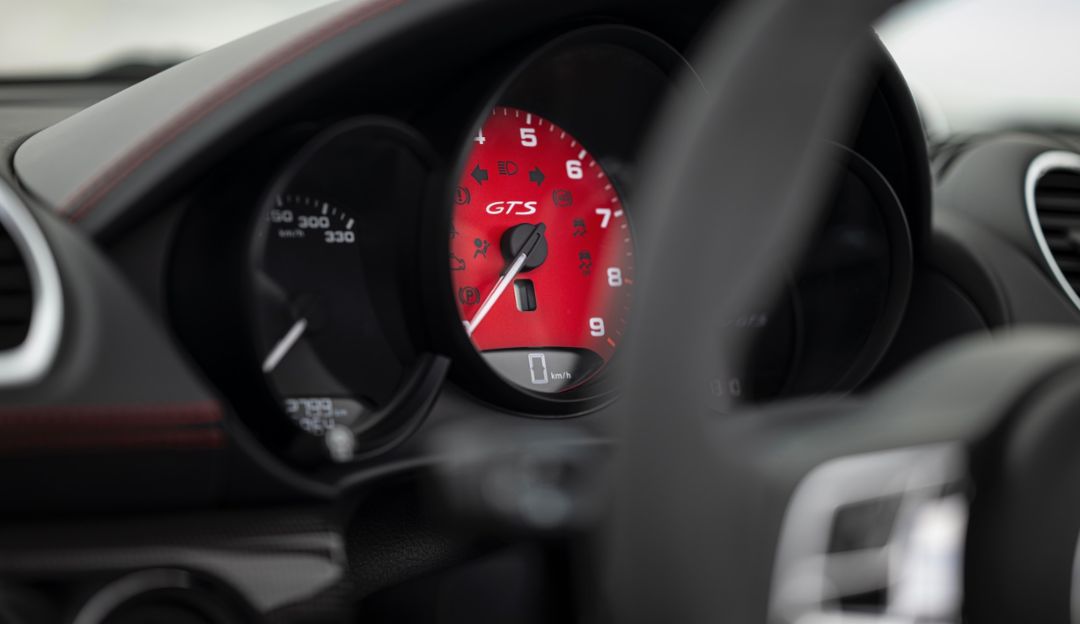
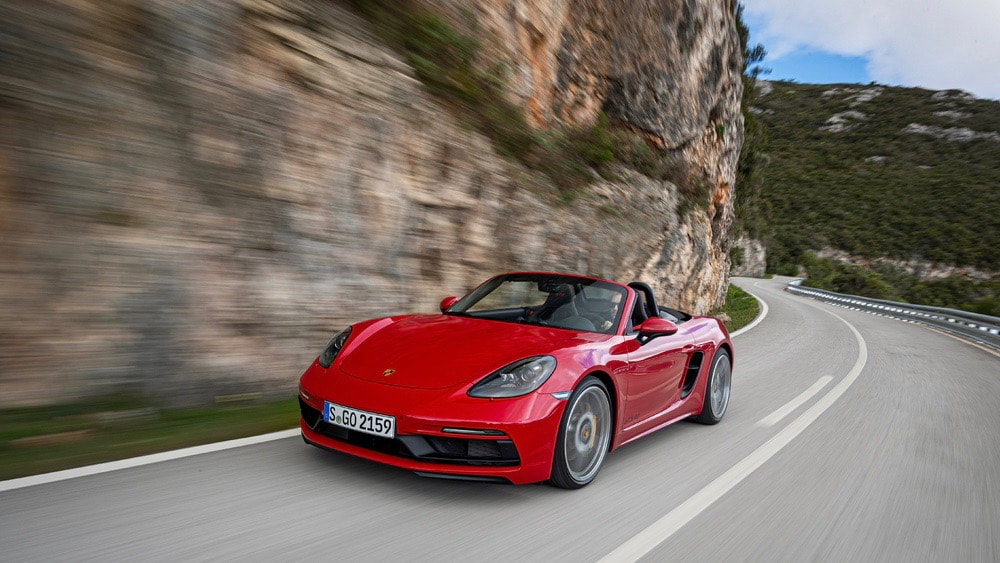
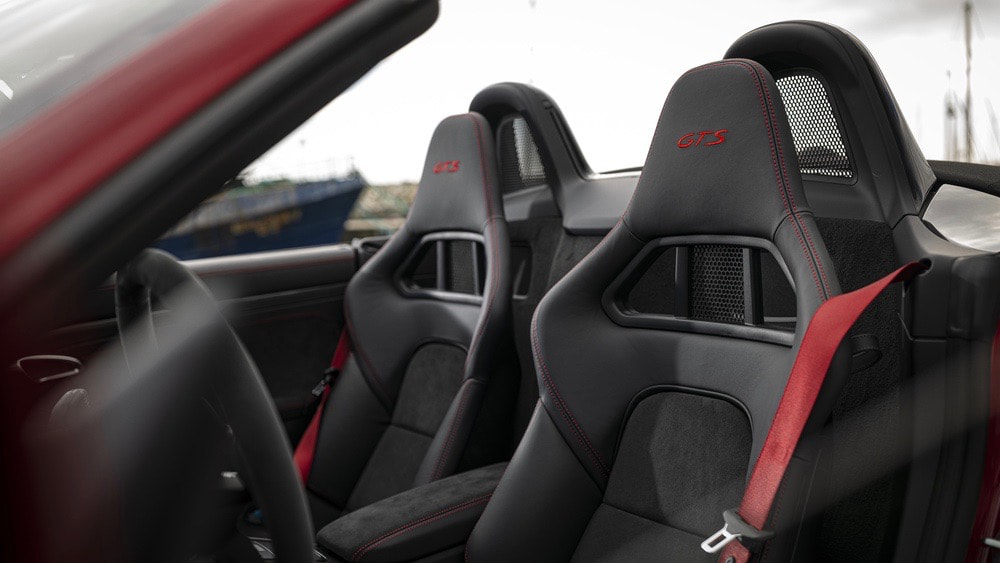

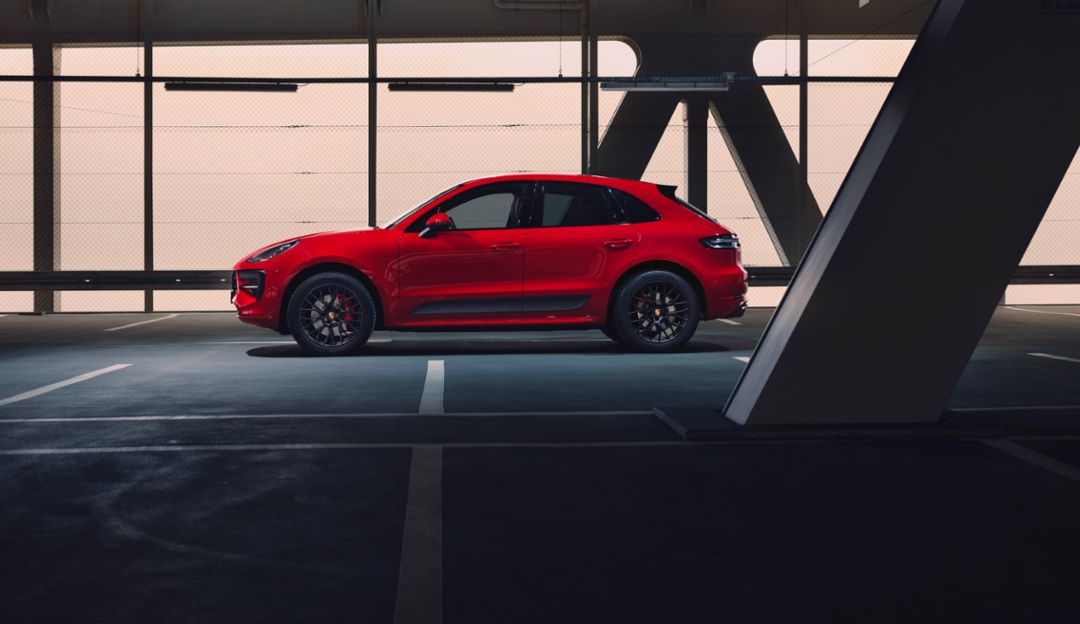





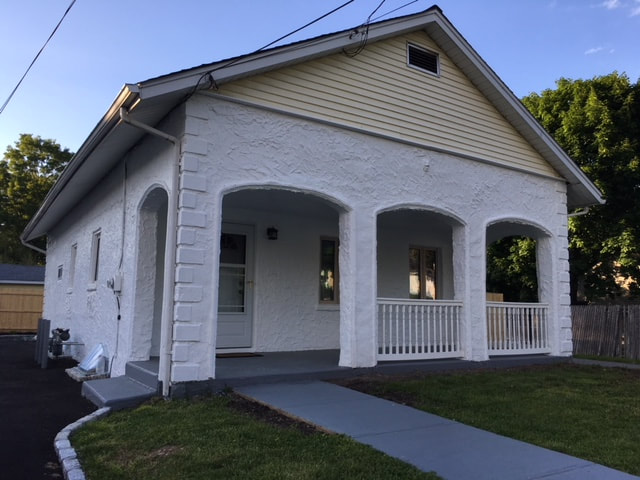




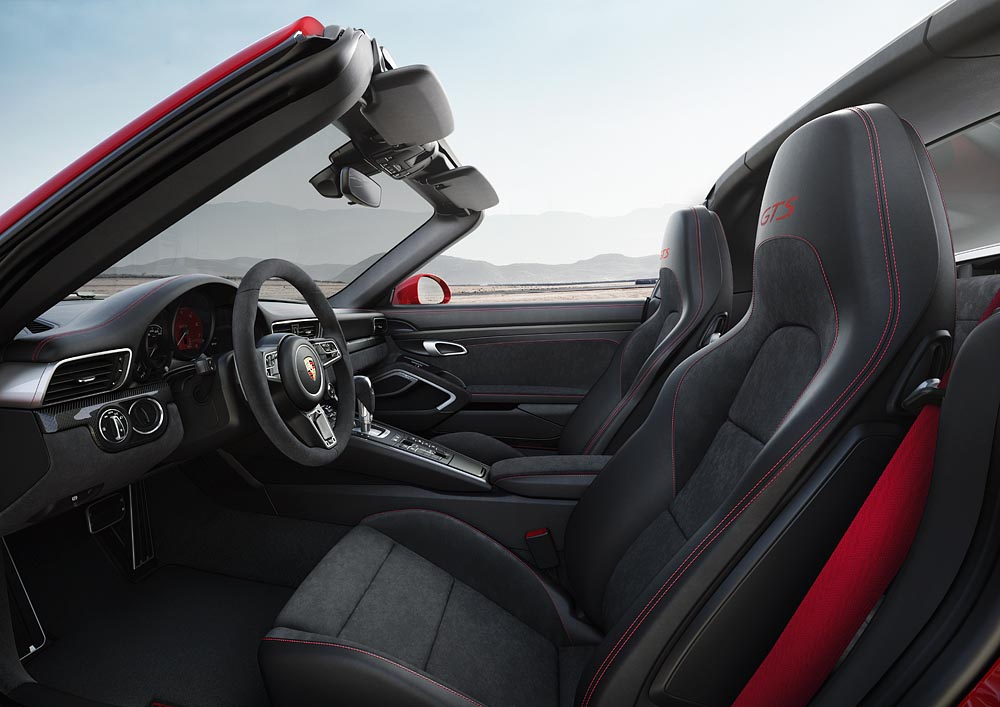

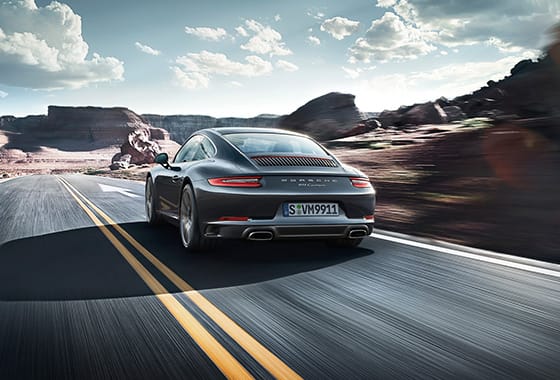

 RSS Feed
RSS Feed